Is It Possible to Produce Pure Nitrogen with Basic Equipment?
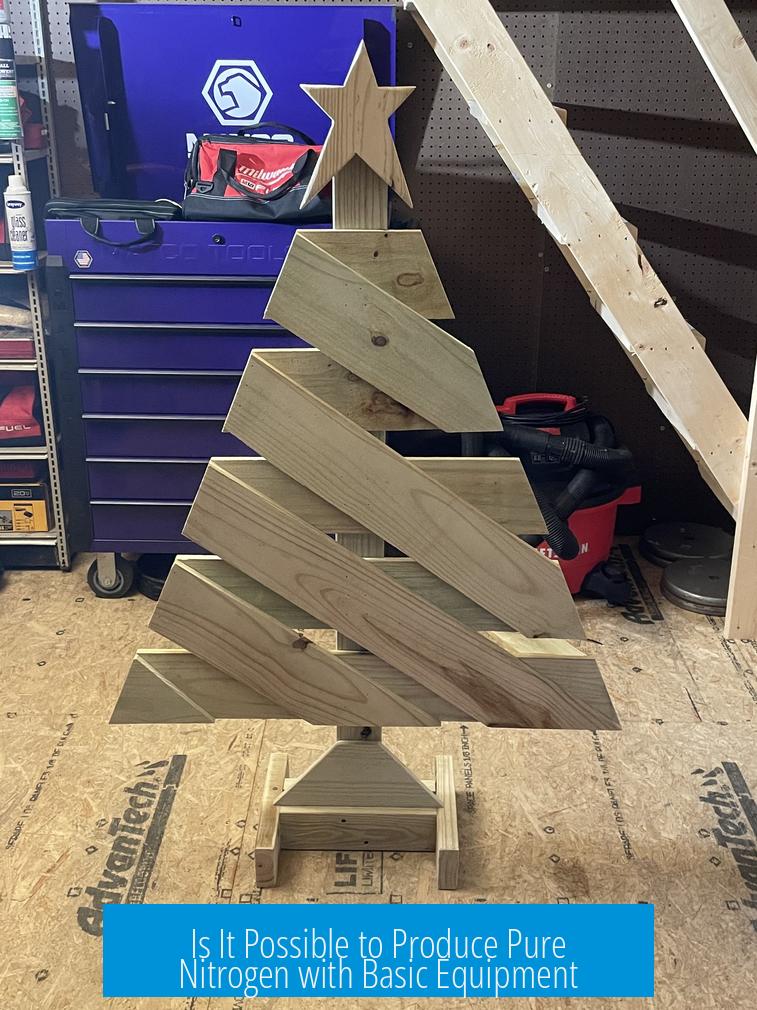
Producing pure nitrogen gas using only basic equipment is generally not feasible due to the complexity of separating nitrogen from air safely and effectively. While some approaches allow generation of nitrogen-enriched air, obtaining pure nitrogen requires specialized processes that go beyond simple setups.
Using Oxygen Concentrators to Generate Nitrogen-Enriched Air
Oxygen concentrators separate oxygen from ambient air to supply enriched oxygen for medical use. By tapping into the oxygen-depleted exhaust, one can obtain air with a higher nitrogen concentration, sometimes above 95%. However, this exhaust still contains residual oxygen (around 2–5%) and other gases. This method may require modification of the equipment and does not yield pure nitrogen.
Challenges in Producing Pure Nitrogen at Home
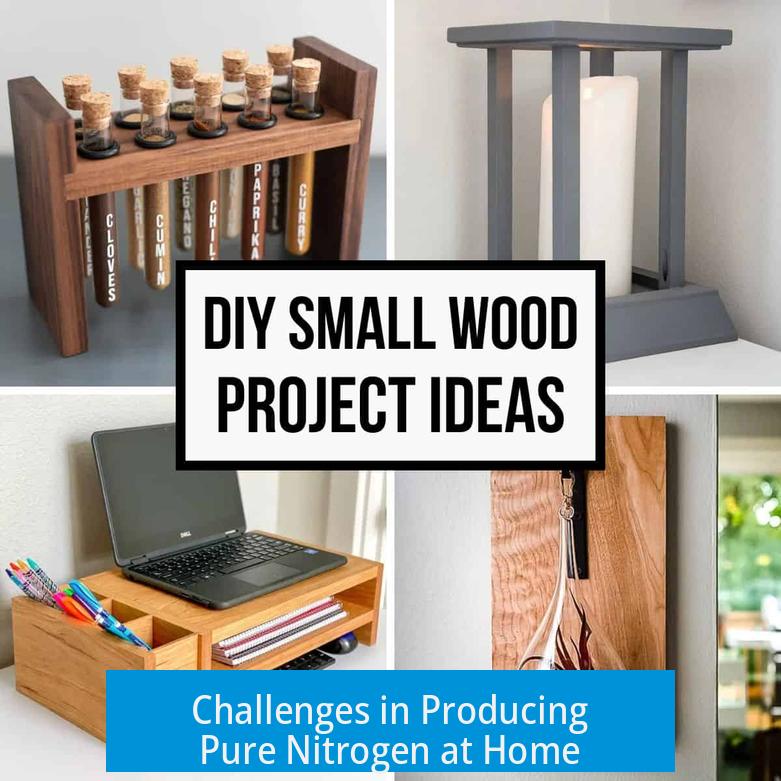
Industrial nitrogen production relies on air separation via cryogenic distillation. This process cools air until components liquefy at different temperatures. Oxygen liquefies before nitrogen, enabling separation. Such methods require precise temperature control, high pressures, and safe handling of liquid oxygen, which is hazardous. These conditions are impractical without advanced laboratory or industrial equipment.
Alternate mechanical methods like pressure swing adsorption (PSA) or membrane separation require specialized materials and devices not typically accessible for home use.
Alternative Practical Solutions
- Purchasing nitrogen cylinders is the most straightforward option for obtaining pure nitrogen.
- Argon gas, sold by welding suppliers, may be preferable for some uses due to its heavier density and inertness.
- Using purchased nitrogen with simple setups, such as glove boxes, can provide controlled environments where oxygen and moisture must be excluded.
- Vacuum techniques may sometimes be easier to implement for certain applications instead of nitrogen generation.
Summary of Key Points

- Basic equipment cannot produce pure nitrogen efficiently or safely.
- Oxygen concentrator exhaust can yield nitrogen-enriched air but not pure nitrogen.
- Cryogenic air separation is required for pure nitrogen and involves hazards.
- Buying nitrogen cylinders is the practical solution for most users.
- Argon gas from welding suppliers is an alternative inert gas option.
Is It Possible to Produce Pure Nitrogen with Basic Equipment?
Short answer: Achieving pure nitrogen at home with basic equipment is not really feasible. You can get nitrogen-enriched air or low-purity nitrogen, but pure nitrogen requires much more complex techniques. Still curious? Let’s dive into why and what practical options exist.
Imagine you want to produce pure nitrogen gas for some DIY project. Maybe you’re thinking about a glove box, or an experiment where oxygen ruins the party. Is it as simple as grabbing a machine and flipping a switch? Not quite.
Why Pure Nitrogen Is Hard to Make at Home

Here’s the crux: air is about 78% nitrogen and 21% oxygen, plus tiny bits of other gases. To get **pure nitrogen**, you have to separate nitrogen from oxygen and the rest. This means you need to split air.
Professional methods do this by exploiting differences in boiling points. Air is cooled and liquefied—oxygen boils off first because it has a lower boiling point (-183°C) than nitrogen (-196°C). Extracting nitrogen this way requires cryogenic distillation. Sounds fancy because it is. This process involves:
- Complex, heavy equipment
- Dangerous handling of liquid oxygen, which is highly reactive
- Precise temperature control
Not exactly “basic equipment,” right? Attempting this at home risks fire, explosions, and expensive damage. So, hands off the liquid oxygen experiments unless you’re trained and fully equipped.
Can You Use an Oxygen Concentrator to Get Nitrogen?
Here’s a clever hack: oxygen concentrators. These devices pull nitrogen from air and concentrate oxygen for medical needs. They work by letting nitrogen escape, so the outlet has more oxygen than normal air.
By tapping the exhaust, where oxygen-poor air comes out, you get nitrogen-enriched air. It won’t be 100% nitrogen though—expect 2-5% oxygen left, plus other gases.
Sure, this setup isn’t perfect. It needs some “hacking” around the output ports, and you won’t get ultra-pure nitrogen, but if you want nitrogen-enriched gas with basic equipment, this is the closest DIY approach.
Why Is This Useful and When Does Purity Matter?
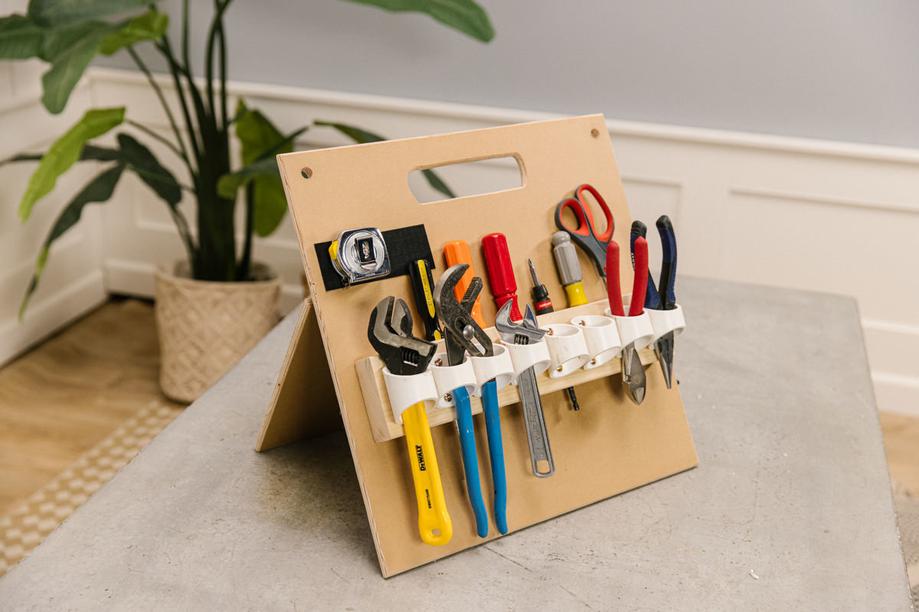
Some applications don’t need pure nitrogen—just low oxygen. For protecting sensitive materials or reducing oxidation, nitrogen-enriched air from an oxygen concentrator can suffice.
But if you’re working with chemical reactions that explode if exposed to oxygen or for scientific studies demanding strict control, then pure nitrogen is crucial. Basic setups won’t cut it here.
Alternatives: Just Buy Nitrogen
Honestly, sometimes the simplest answer is to buy nitrogen gas in cylinders. Welding suppliers sell nitrogen and argon—argon is heavier and stays put like a liquid in containers. It’s great for shielding during welding and sometimes even better than nitrogen for certain uses.
Buying cylinders can seem boring compared to “making your own,” but buying nitrogen is cheap, safe, and gives guaranteed purity. Set up simple connections from the cylinder to your work area for a reliable nitrogen supply.
What About Using Vacuum Instead?

Another alternative, if your goal is to reduce oxygen, is vacuum. Lowering pressure in your workspace reduces oxygen concentration naturally. Vacuum pumps are less complex and dangerous than cryogenic distillation gear. It’s worth considering, depending on your project.
Summary: What Can You Really Do?
- Want nitrogen-enriched air? Tweak an oxygen concentrator’s exhaust. No pure nitrogen, but higher nitrogen levels than air.
- Need pure nitrogen? Buy cylinders. Welding shops and gas suppliers are your friends.
- Trying to avoid oxygen exposure? Consider vacuum setups, which are simpler than nitrogen purification.
Trying to produce pure nitrogen from scratch at home with basic tools is like trying to bake a soufflé with a toaster. Technically possible? Maybe. Worth it? Definitely not.
Final Thoughts: Is It Worth the DIY Nitrogen Quest?
If you’re a hobbyist or experimenter, it’s tempting to want to build everything yourself. But some gases like pure nitrogen demand advanced technology, safety gear, and controlled environments.
Why risk hazardous processes for tiny results when you can buy purity by the liter? For most people, purchasing nitrogen and focusing on good equipment integration delivers solid results without the risks.
Got a project in mind? Ask yourself:
- Do I really need pure nitrogen, or just oxygen-free air?
- Will a nitrogen cylinder fit my budget and workspace better?
- Can I safely handle cryogenics or pressurized gases?
The answers will guide you to the right path. And remember—sometimes the wise move is to let complex chemistry stay in the pros’ toolkit. Your safety and sanity thank you!
Can oxygen concentrators produce pure nitrogen?
No, oxygen concentrators output nitrogen-enriched air, not pure nitrogen. The exhaust contains about 2-5% oxygen and other gases, so it’s not fully pure.
Is it easier to buy nitrogen than to produce it?
Yes. Buying nitrogen cylinders is simpler and safer than trying to produce pure nitrogen at home.
Why is purifying nitrogen at home difficult?
Purification requires separating gases by boiling points, which involves handling liquid oxygen—a hazardous substance. This process needs specialized equipment.
Are there safer alternatives to making pure nitrogen?
Using vacuum methods or purchasing nitrogen canisters are safer and more practical options than home purification.
Is argon a better alternative to nitrogen gas?
Argon lasts longer in containers due to its density and is often sold by welding suppliers. It may be more useful depending on your needs.


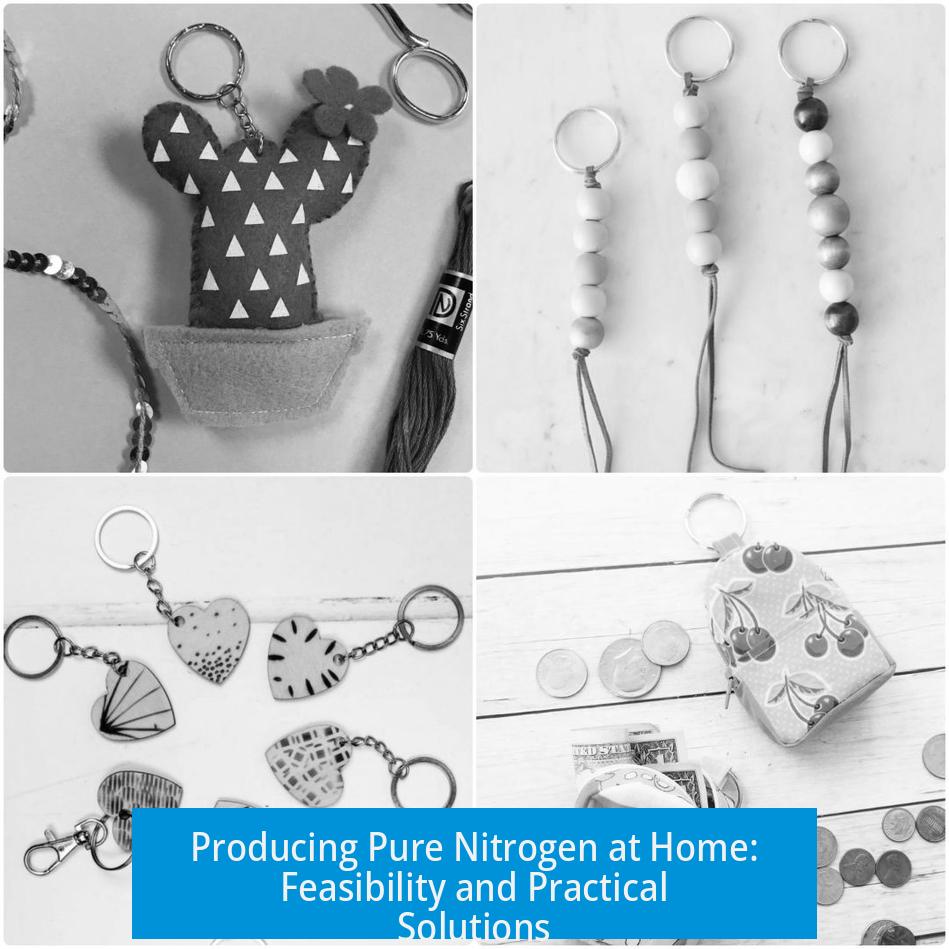
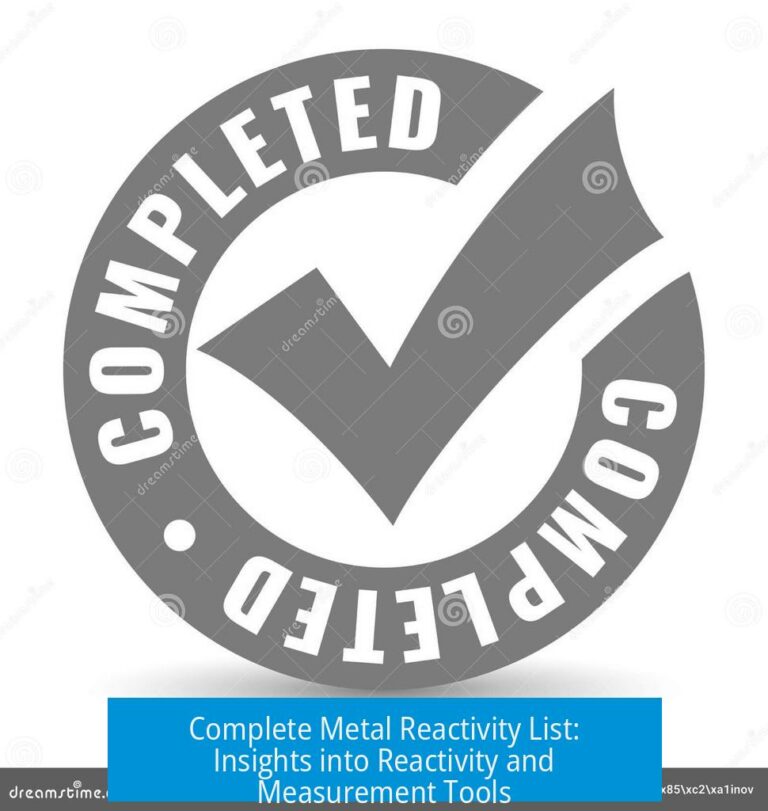
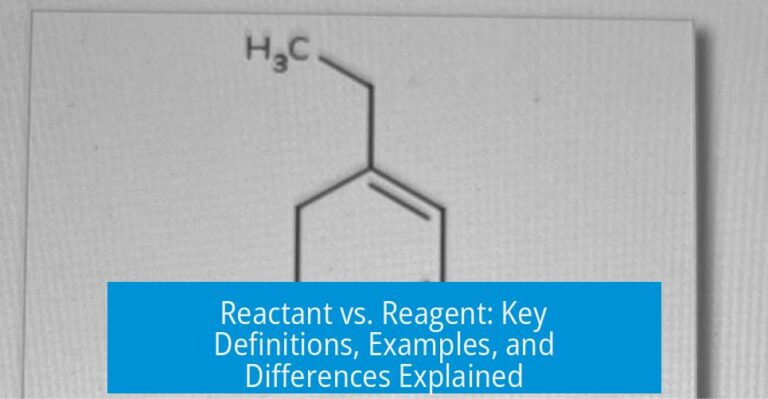
Leave a Comment